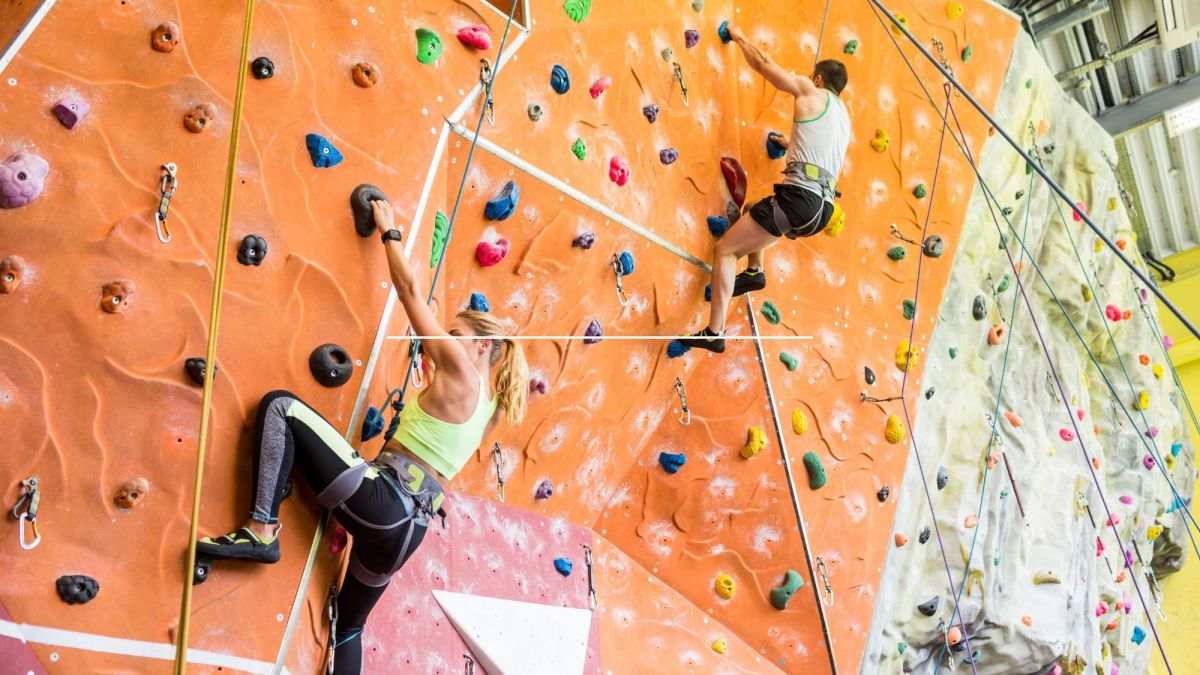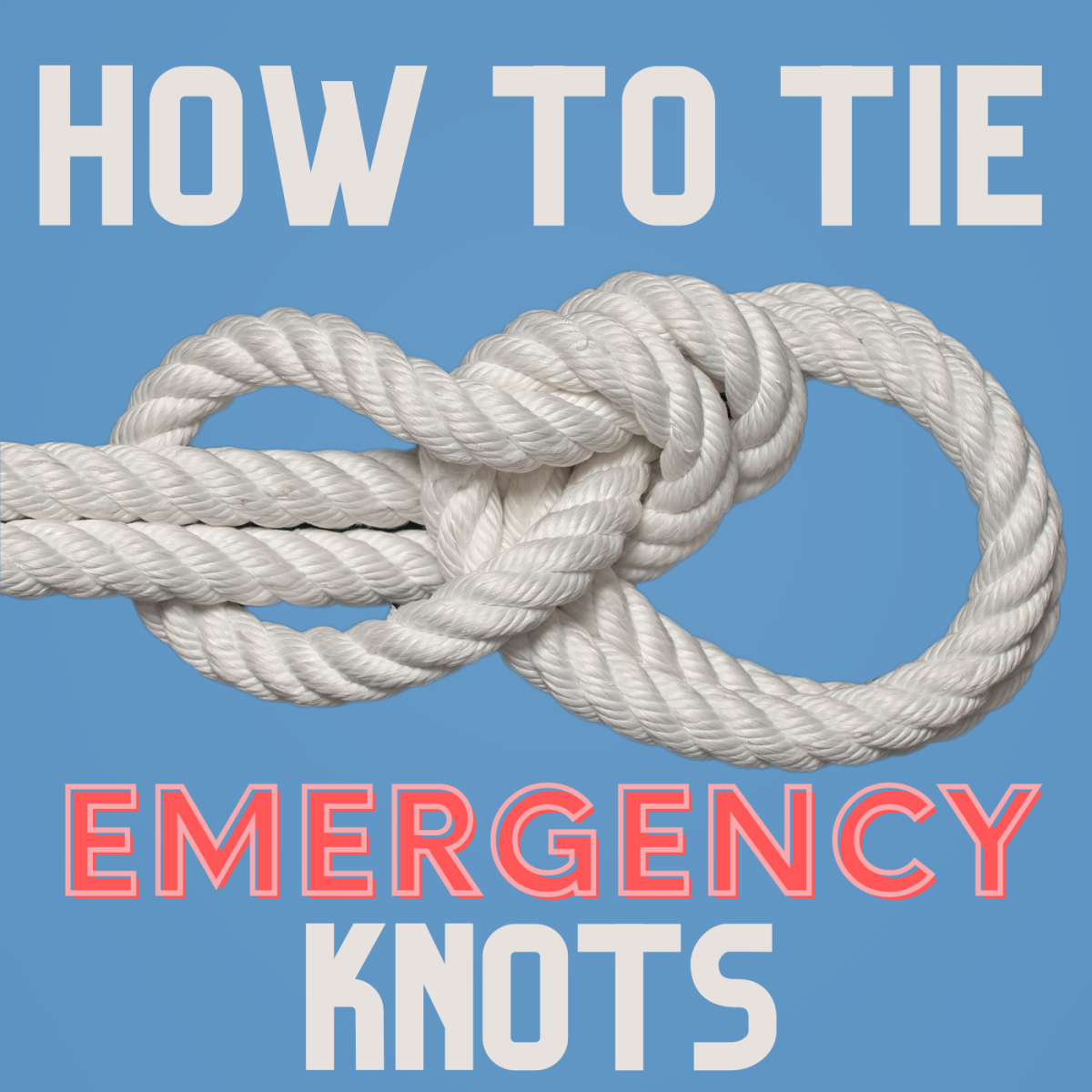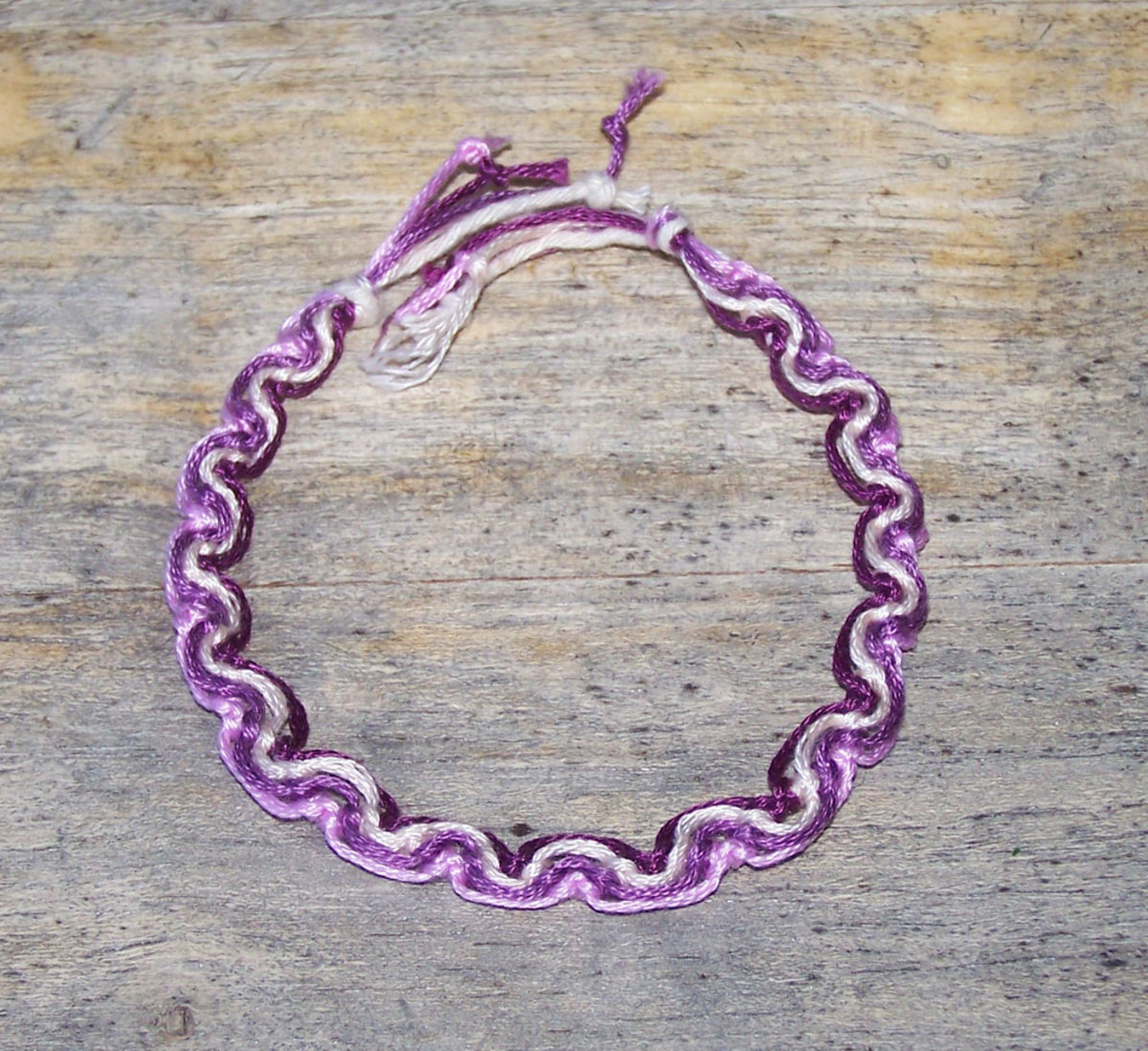Rock Climbing Knots: Myths
Responsible climbers always know the limits of their gear and the proper set up of a top rope anchor, but I’ve found that many climbers, even the experienced and responsible, believe many false things about rock climbing knots.
There are a few reasons for the perpetuation of these myths:
- Studies concerning knots are often inconsistent with each other. Some knots have shown that they are definitely stronger than others, but the force at which they break varies greatly, due to a number of variables that are difficult to control for in an experimental setting.
- The rock climbing community relies on knowledge that is shared and passed around from other climbers, which may come with the best of intentions, but not proper scientific testing.
However, a proper knot can mean the difference between life and death, so I don't think that anyone wants to rely on myths about knots! Here are some common myths about rock climbing knots exposed.

“Dressing” a Knot
I know many climbers, myself included, who have been scolded for having a messy or sloppy knot. To “dress” a knot is to make sure that it is neat and orderly-- it should look textbook perfect.
Dressing a knot is:
- good practice for beginners,
- and a dressed knot is easier for your partner to quickly double check.
However, studies have shown that a dressed Figure Eight knot is no stronger or more reliable that a messy Figure Eight knot. In fact, one researcher claims that some messy knots endured more stress than the dressed knots. This is perhaps because the knot had room to tighten as more force was applied and therefore did not reach its breaking point as soon as the dressed knot.
However, I would not apply this theory to other knots such as the double bowline. A messy double bowline could more easily untie, or be tied incorrectly.
The “Back Up” Knot
After tying a figure eight or a double bowline, almost everyone ties a water knot with the tail end of the rope. I often hear this referred to as a “back up” knot. This is a misnomer; it is misleading because there is no way that the water knot will catch you in the event that the figure eight or double bowline fails! Luckily, if your rope is in reasonable condition there is VERY little chance of your original knot failing.
It is still important to tie a water knot after tying a figure eight or bowline to ensure;
- that there is a sufficient amount of tail
- and that there is no chance that the knot could untie itself.
- The water knot also keeps the tail out of your way as you climb.
The Euro Death Knot is Prone to Rolling Under Rappel Loads
Climbers sometimes use the Euro Death Knot (a very confidence inspiring name) to join two ropes together and rappel the full length of the rope. Many people are concerned that the knot will roll or flip when loaded, perhaps even enough times to untie itself. This concern is very justified: it has been proven that flat overhand knots (such as the Euro Death Knot) will flip, multiple times if a great enough load is applied.
However, the “Climbing Mythbusters” argue that they “were unable to produce a load greater than 600 pounds on the anchor. In this case, the load on the flat overhand is only 300 pounds. (These tests were conducted with a heavily-used 10.2 mm Beal dynamic line and a 150 pound person.)” They therefore concluded that the Euro Death Knot was perfectly safe for joining two ropes together in a typical rappel situation:
- “The flat overhand is about 18 times stronger than it needs to be for rappelling when using two single, dry ropes, and rappelling normally.”
- “Under the worst of conditions tested (two soaking wet ropes of different diameter), the flat overhand is still 12 times stronger than the anticipated load on the anchor.”
- “Even if the ‘roll load’ of the knot is exceeded, it would take repeated, increasing loads to cause additional knot inversions.”
The Double Bowline Can Untie Itself
After John Long fell and sustained a compound fracture to his shin, Outside magazine published an article called "Bye Bye Bowline: Time for a New Knot." What the article has to say about the Bowline is true, however, the Bowline and the Double Bowline are two different knots, and the author doesn't seem to know the difference since he uses the two names interchangeably.
The standard Bowline was once used for climbing, but was abandoned long ago for obvious safety concerns. The Double Bowline is one of many variations on the Bowline, and is commonly used by lead climbers. Although I have not found any research that definitively proves the Double Bowline cannot untie itself, there should be no real concern that a properly tied Double Bowline with a secure water knot will untie itself. In fact, there are many advantages to tying in with the Double Bowline as opposed to the Figure Eight.
Now that you know a little bit more about rock climbing knots, I encourage you to do your own research! Please comment below if you have any questions or suggestions.
Safe climbing.
This content is accurate and true to the best of the author’s knowledge and is not meant to substitute for formal and individualized advice from a qualified professional.







